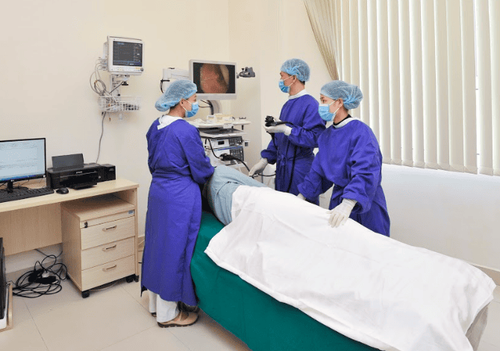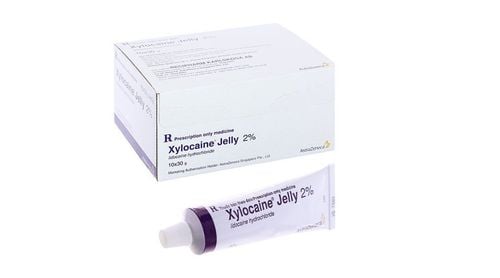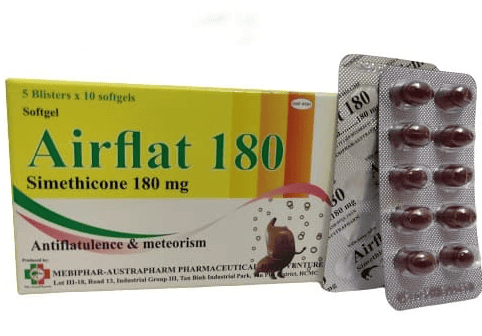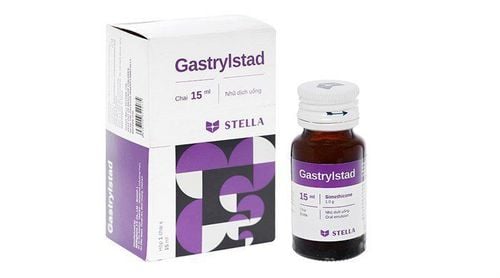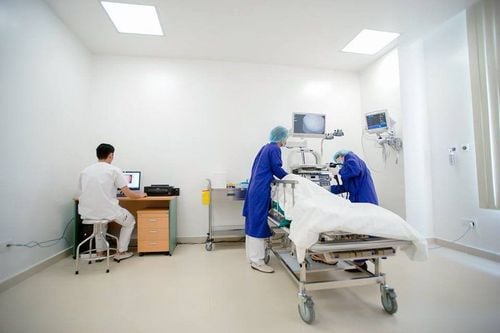This is an automatically translated article.
The article was professionally consulted by Specialist Doctor I Dong Xuan Ha - Gastroenterologist - Department of Medical Examination and Internal Medicine - Vinmec Ha Long International Hospital.Transnasal endoscopy is a technique that uses a flexible tube with a video camera attached from the nose to the stomach but not through the mouth. The purpose of the technique is to examine the upper part of the patient's digestive system, such as the esophagus, stomach, and duodenum (small intestine).
1. Advantages of gastrointestinal endoscopy through the nose
Transnasal endoscopy (English name is Transnasal endoscopy and abbreviated as TNE) has been widely used in Japan for the past 5 years and is increasingly used in Europe and North America due to the many More advantages than gastrointestinal endoscopy through the mouth, including:Patients feel more comfortable. Upper nasogastric endoscopy is virtually painless and can be performed without sedation. This technique is much more patient-friendly than conventional gastroscopy because it does not cause any oropharyngeal reflexes that make the patient nauseous or uncomfortable. Therefore, this technique is suitable for patients who have swallowing problems or who cannot have anesthesia. During the procedure, the patient can even talk to the doctor while the endoscope is still in the nose. Patients do not need sedation or care after endoscopy. Upper gastrointestinal endoscopy through the nose does not require sedation. Therefore, doctors or specialized nurses do not need gastrointestinal anesthesia to monitor the patient. The patient can also leave the procedure room or clinic/hospital as soon as the endoscopy is over. The patient does not require a long stay after completing the examination, as there is no risk of inhaling anesthetic throat sprays as with traditional endoscopy (which lasts about 30 minutes to an hour). Thereby, reducing the cost of monitoring, care and other services if the patient is in the hospital.

2. When do patients need gastrointestinal endoscopy through the nose?
The doctor will appoint the patient to perform a gastroscopy by nasal passage or endoscopy of the small intestine through the nose if the patient has symptoms such as:Upper abdominal pain Difficulty swallowing Indigestion Vomiting Bleeding Ợ gas, heartburn , heartburn Monitor for chronic gastrointestinal conditions or previously diagnosed gastrointestinal conditions, such as ulcers or Barrett's esophagus. Nasal endoscopy is used to diagnose diseases of the upper digestive tract such as:
Ulcers Inflammation Infections Check for helicobacter pylori bacteria (this is a bacteria that can cause ulcers, gastritis and stomach cancer) Causes of anemia Celiac disease (inability to digest gluten) Cancer.

3. What are the risks of nasogastric endoscopy?
Upper gastrointestinal endoscopy through the nose is a safe technique. Patients may experience some common side effects such as: sore nose or nosebleed. Serious complications are rare, but endoscopy can sometimes damage the lining of the esophagus, stomach, or intestines, causing:Bleeding (in 1 in 5,000 patients) Infection Rarely causes tear in the esophagus, stomach, or intestines (in 1 in 10,000 people) If these complications occur, the person may need a blood transfusion, hospital stay, or surgery to manage.
In addition, the patient is also at risk of lung infection due to aspiration of gastric juice into the lungs, so the patient will need to take antibiotics. However, this is still a small risk because nasogastric endoscopy does not use sedation.
The patient may be allergic to the local anesthetic spray (topical). Therefore, the patient should inform the doctor before the procedure about his or her allergies, for example, if the patient is allergic to lidocaine/lignocaine or phenylephrine.
For safe and accurate gastrointestinal endoscopy, patients should go to reputable medical facilities, modern equipment, and a team of qualified medical professionals. Highly qualified and experienced.
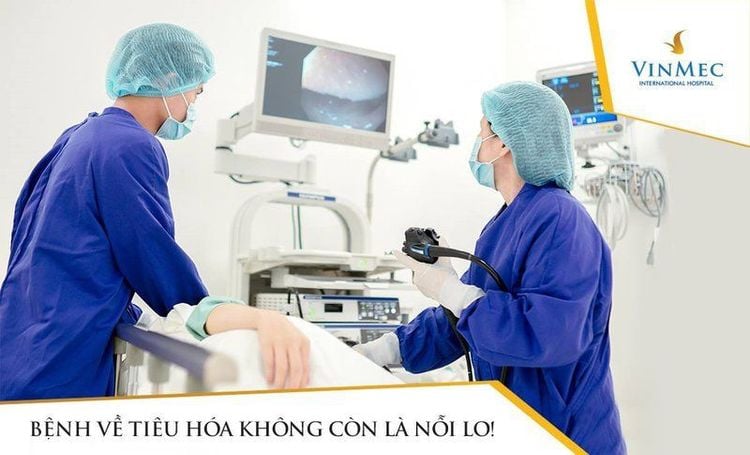
In addition, Vinmec International General Hospital uses a scanner that is disinfected by an Olympus washing machine, after disinfection is stored in a dedicated cabinet, ultraviolet rays disinfect the air, the scanner is also wrapped in acid. sterile when transported to the endoscopy room.
Instruments used in endoscopy are disposable or autoclaved and packaged at the hospital's sterilization center. In addition, the hand hygiene of medical staff is also strictly followed, and the procedures are fully checked and compared before being performed.
Therefore, when performing nasal endoscopy at Vinmec International General Hospital, patients can be assured of safety, cleanliness, and minimize the possibility of infection during endoscopy. as well as ensure the highest accuracy and safety.
Reference source: guysandstthomas.nhs.uk
Please dial HOTLINE for more information or register for an appointment HERE. Download MyVinmec app to make appointments faster and to manage your bookings easily.





